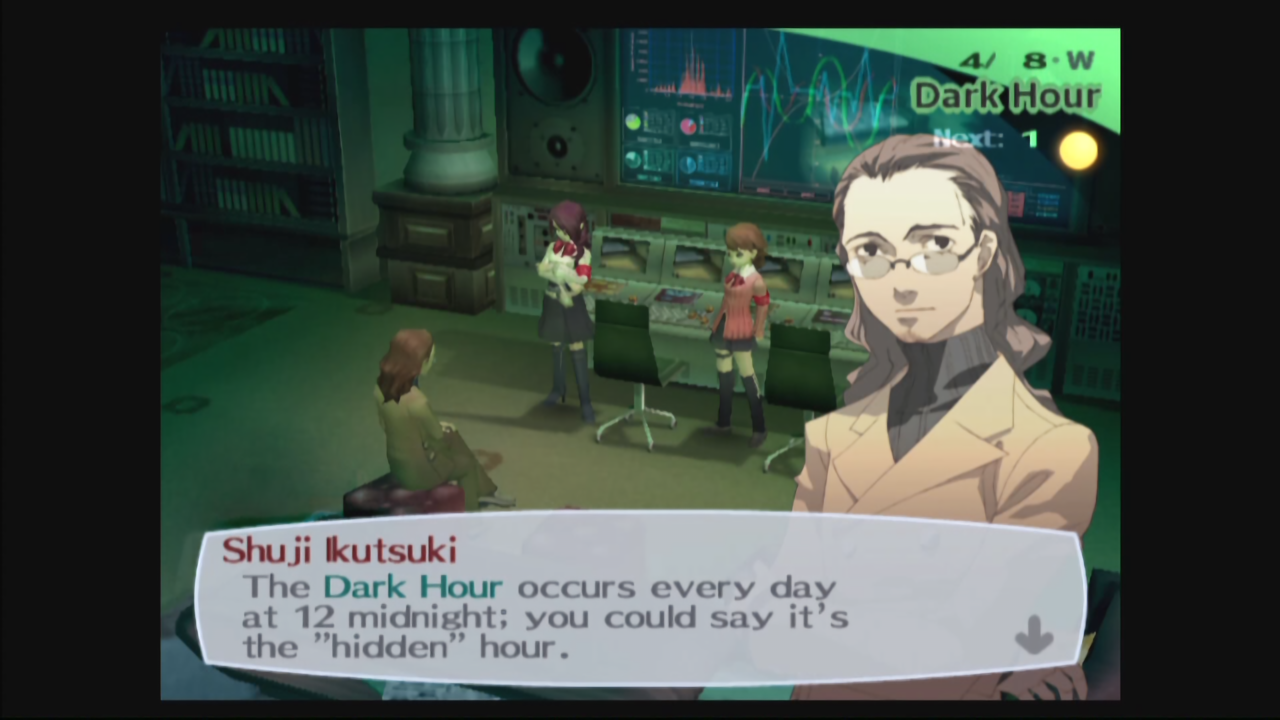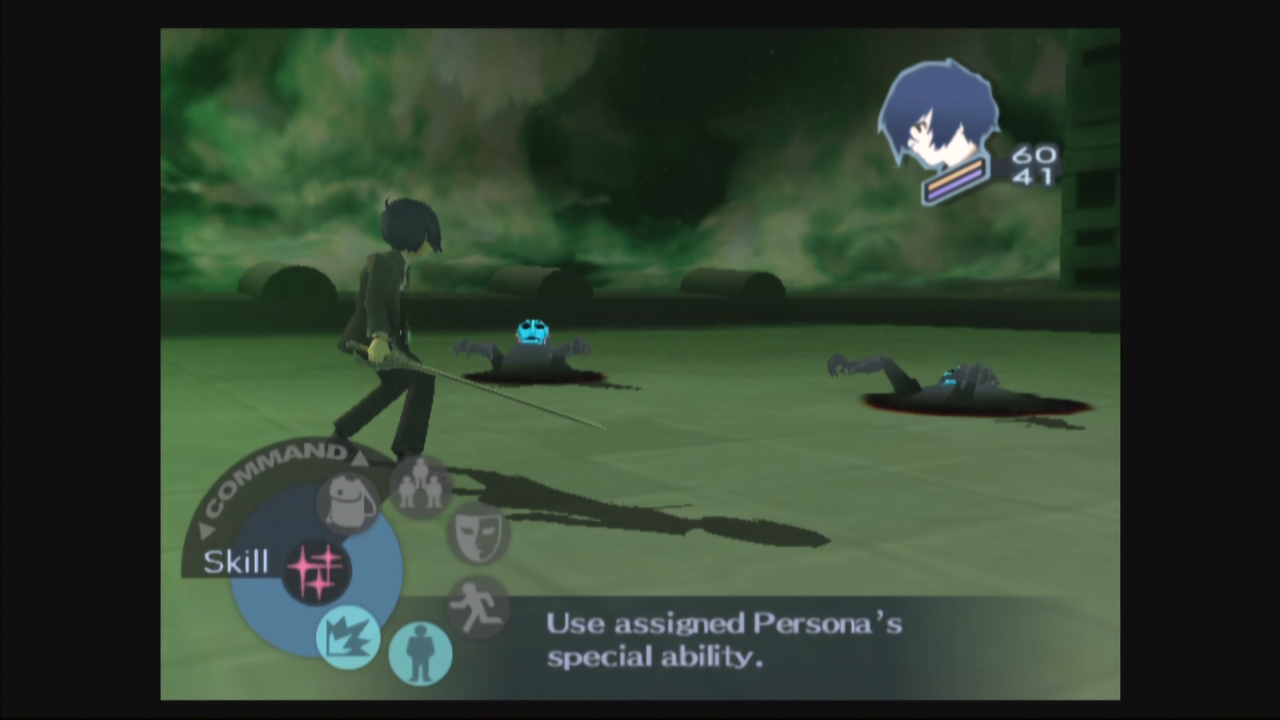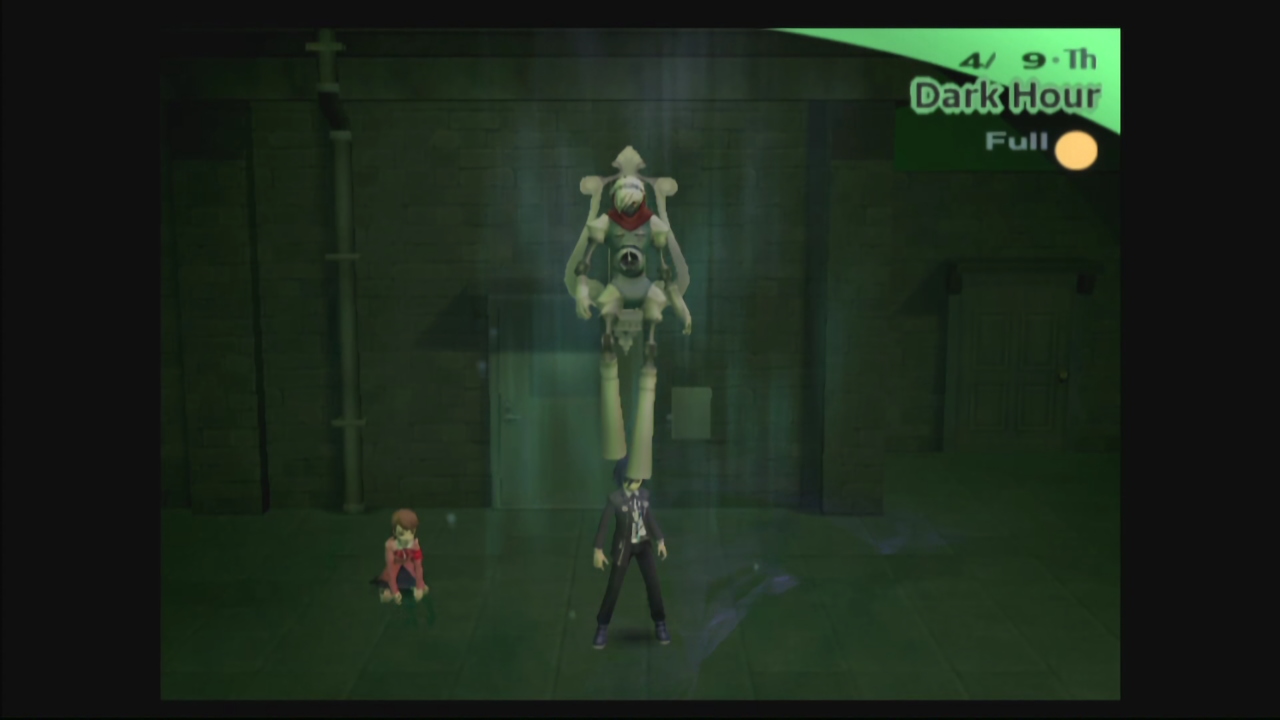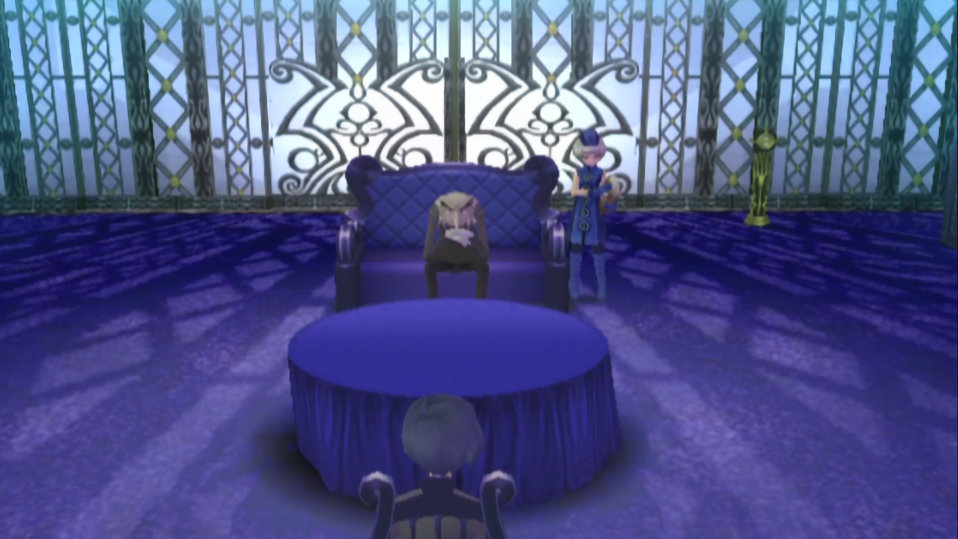This week’s PlayStation Classics is ready to show its true self. It is time for Persona. Not just any Persona either, but the third installment. This was the game that brought this Shin Megami Tensei spin-off series to the forefront and (arguably) made JRPGs set in schools more popular. Let’s head to class. 
I am thou… Thou art I…
Did you know there is another hour in the day? Not everyone can experience it, but those who can will see their world transform and have to deal with dangerous creatures known as Shadows. The protagonist of Persona 3 is one of those people. After coming to their former hometown and when preparing to attend a new school, they see the Dark Hour firsthand. Fortunately, they turn out to have the ability to summon a Persona, a supernatural force that lets them use special abilities, and find a number of classmates are in the same situation. They join S.E.E.S., the group their new comrades are a part of, and conduct investigations into what is causing this strange phenomenon.
For those new to Persona, the gameplay isn’t too dissimilar from normal JRPGs. Tartarus is the main dungeon, and you are able to go deeper into it and explore more as you reach certain events in the story. Fights are turn-based, with a big part focusing on exploiting enemy weaknesses by using skills and summoning Personas. There’s a bit of a collecting element, since the main character can use multiple Personas, swapping or fusing them to increase their range. When you’re not in a dungeon, you go to school, participate in events, and get to know the people around you.

What is the difference between Persona 3 variations?
Let’s go through this version by version. Persona 3 is the base version of the game. You can only find it as a physical copy for the PlayStation 2. It has the standard story, where you go through the main game with the original male protagonist.
The Persona 3 FES version of the game offers people an updated version of the main game and an expansion. The base game has a new difficulty level, the ability to walk Koromaru, more Personas, and some other quality of life adjustments. The new expansion is called The Answer and is an epilogue that stars Aigis and the rest of SEES. This plays more like a standard JRPG, as it doesn’t have any daily life segments and focuses on the new task at hand.
Persona 3 Portable is the odd duck. It made some sacrifices to bring the game to the PSP. Mainly, the only areas you directly explore are the dungeons. In the real world, you have static maps and move around. Basically, it feels more like a visual novel when you’re not in Tartarus. It also lacks the FES expansion content. However, it does add some new story scenes, like one that references Persona 4, and it adds a whole new storyline where there is a female protagonist instead of the standard male one.

Searching for your true self.
Persona 3 is one of those genre-defining games. It helps broaden the JRPG horizons by giving us dungeons to delve into, different sorts of skills to draw on via its Personas, life management elements, and the ability to get to know our party members and NPCs better. Even better, each iteration of it offered more for people to do and learn. If you want to give it a try, it is $9.99 on the North American PlayStation Store for the PS3. In Europe, you can get it for £7.99. Persona 3 Portable is $19.99/£24.99, for those with a PSP or Vita.








